Old World vs. New World
Free Edition for All Subscribers - Understanding Old World Vs. New World - Why The Wines And Labels are so Different
Old World Vs. New World - Geography and Labels
What do "Old World" and "New World" mean when talking about wine?
Let's start with the geography. The countries that are most associated with Old World wines are almost all European. The most important ones are Italy, France, Spain, Germany, Portugal, Hungary, Greece, Austria, Switzerland , Israel, Romania and Georgia (the country).
New World wine countries include: United States, Australia, Argentina, South Africa, Chile, New Zealand, Uruguay Canada and Mexico. Yes there are apparently worthwhile wines in Mexico - something I just found out myself.
You might immediately be asking why Australia, Mexico and South Africa would be called "New World" countries when they like virtually every country, have all been home to ancient civilizations? Is this some skewed colonialism viewpoint?
Actually no, but to understand we need to go back further in time for a couple of paragraphs of explanation here to the time before the Old World - to the wine countries of the Ancient World.
Here are the countries associated with the New, Old and Ancient worlds.
The Beginnings of Wine Civilization
The oldest known wine making area is the country of Georgia in far Eastern Europe. A recent archaeological excavation in 2017 unearthed a Georgian clay wine container dating back 8,000 years. In Egypt, some of the first wine was made thousands of years ago using dates instead of grapes. So, wine has a very long history.
The wine countries of the Ancient World would include Turkey, Armenia, Lebanon, Georgia, Israel, Iran, Egypt, Syria, Iraq, Azerbaijan, Jordan, Cyprus, and Greece.
These countries aren’t well known for their wines in the modern era as traditions and techniques weren’t continuous over so long a time but they did provide the basis for what came after.
Proximity Connects the Ancient World and Old World
You can see on the map below that many of the Ancient World wine countries in the Middle East and Far East, were very close to Europe.
Greece was an important wine producing country in ancient times and was no doubt influenced by wine making traditions located to it’s East and South. During the height of Greek civilization, Greece had an active sea trade with many countries in the Mediterranean both European and Middle Eastern.
It’s wines were very highly regarded but it was the advent of the Roman Empire that spread wine civilization throughout it’s lands which stretched from Southern England to Egypt. This Roman era was the basis of the modern wine making traditions in what we now term the Old World. Old World wine making then is about 2500 years old.
Wine making is a culture that develops through observation and practice accumulated through innumerable vintages.
Wine making culture is a way of thinking about wine, along with the choices, practices and traditions in the vineyard and winery. The Greeks and Romans took their ways of thinking about grape based wines far and wide throughout Europe.
“Old World” wine regions for the most part are the areas in Europe where modern wine making traditions originated.
For over a thousand years, this wine culture grew and spread on through the Middle Ages and into colonial times. And because the colonizers were European, they carried this wine culture to other parts of the globe.
“New world” wine countries are those that were influenced by the ideas and traditions from established “Old World” wine making countries that often came along with colonization.
Modern wine making in New World countries is relatively new. The oldest would be South Africa where wine making traditions date back 400 years. This is a little deceptive though because in many New World wine countries there was a long period between the first arrival of vines and the blooming of a fully realized and consistent wine making culture.
Wine Labels: Old World and New World
New World wine drinkers often find Old World (European) wine labels cryptic and frustrating. Instead of the label simply stating a grape variety, maybe two ( e.g. Cab/Merlot), or a simple, easy to remember proprietary name (e.g. 19 Crimes) that is usually a blend of grapes, Old World wine labels seem to tell you somewhat more perhaps but not the grape variety. Why?
History Matters
Part of the answer is that the Old World has a much longer and consistent sweep of wine making history and tradition of about 1000 years. During that time, subtle differences between areas, grape blends, viticulture and wine making were discovered, evolved and elaborated. Old World countries have had the time to develop local wine traditions and to become aware of a greater variety of factors that can influence the final wine.
But for what might be termed modern wine making era (using the right grapes and more successful techniques) in New World countries has a much shorter history e.g. California and Australia 150 years, Chile and Argentina 100 years, Oregon 60 years, B.C. 30 years.
You Can Only Fit So Much On A Wine Label
There is not enough room on a wine label whether it be Old World or New World to give you all the details about where and how a wine is made. Part of the confusion in understanding various wine labels is that the two wine worlds tend to feature different things.
New World Wines Feature the Grape Variety
The wine pictured just below is a typical New World wine from here in British Columbia. It tells you the grape variety but not much else aside from legal requirements like the size of the bottle and the alcohol percentage plus the winery’s address and some back label storytelling.
With New World wine labels, the grape variety almost always appears on the label. In part, this focus was simply because in these new wine regions the variety was known but the region (in terms of soil, microclimate, and suitability for a particular grape variety) simply was not.
However, wine from this year’s vintage must be sold in order for wineries to make the next vintage so prominently featuring the variety on the label helped wineries associate their wine with its Old World “fine wine” origins. Also, the initial wine making focus was on expressing the grape not the region. Though as time went on, and regional differences became understood New World wines also began including specified geographical locators, think Napa, Coonawarra or Maipo Valley.
Old World Wines Feature Location and Winemaking Traditions
For Old World wines, the label is mainly about place or what is called its appellation, i.e. a wine area whose boundaries and other requirements are legally defined.
An appellation can be an entire country, one village, one hillside or even one vineyard. But importantly, an appellation also involves a set of traditions. Each appellation will have it's own rules and regulations regarding allowable yields, wood aging, allowable grapes, winemaking practices and much more. So with Old World wines, location automatically includes the traditions for that place. Again, all of this information would be far too much to put on a label so choices must be made.
The wine pictured below as you might guess is an Old World wine. It is from the appellation Nuit Saint Georges, an important 700 acre area in in Burgundy. But as you see it offers very little other information.
Part of the frustration for many New World wine drinkers is that the variety like much of the other appellation information for Old World wines, is seldom on the label. One must simply come to know the appellation and its particularities. It's "just understood" that if a bottle of red Rioja has Reserva on the label, that it means it has been aged for a minimum of 36 months, with at least 12 months in oak. The grape variety or varieties are also part of what is "just understood".
Sorry to say, there is no quick shortcut to knowing or unpacking the details of Old World wine geography, grapes and traditions. Wine is a giant jigsaw puzzle (for me a wondrous one) composed of many, many factors. Wine should be mostly fun but I think a little learning can make it even more fun. That in part is why I created the newsletters, to impart some learning into the enjoyment.
Welcome to Pro Tips & Wine Bargains in B.C. - The Free One edition that goes out to all subscribers that includes the Pro Wine Tip - Understanding Old World Vs. New World - Why The Wines And Labels are so Different
I just want to mention again, the difference between the free and paid editions of this newsletter. Pro Tips & Wine Bargains in B.C. - The Free One edition like this one for all subscribers has no Wine Bargains but does contain information on a wide range of wine topics that are different and complementary (no overlap) to those in the Pro Tips & Wine Bargains in B.C. edition for paid subscribers.
Free edition wine related articles are still aimed at helping you understand wine a little better and get more out of each glass but are more general in nature on topics such as spotlighting particular grapes and regions, defining basic wine terms or tips on ordering wine in a restaurant.
Pro Tips in the paid edition are a deeper dive and include more detailed explanations and illustrations on subjects like: understanding how taste works, bettering your tasting technique, how much the right wine glass matters, suggested tastings using Wine Picks wines, improving your taste memory, cooking with wine and a lot more.
Remember that as a subscriber, you can also see all the previous published newsletters on the related Pro Tips & Wine Bargains in B.C. website here .
A Great Bargain, Further Discounted
I need to mention one of the previous sale wines once again because it has gone down even further in price. It was featured in Newsletter #1 that went out to all subscribers. It was on sale in January for an amazing $7.99 for a 750 ml. bottle. It is now down to $6.97 a bottle! So if you do live in B.C., This is subscription-paying stuff.
So here it is again.
Rosés (crisp, fresh flavours & nuances from citrus to tart red fruit to herbal depending on grape(s) used)
MANCURA ETNIA ROSÉ - CHILE
$11.99 reduced to $6.97 - 750 ml
A pleasing wine. Clean citrus, rose petal, watermelon and rose hips notes on the aroma and flavour with good acidity and slightly off dry. If you are a Rosé-all-day fan, load up. Tasted ✓
Find Store Nearest You SKU: 179165
I know that at this price it seems like it has be a “wine deplorable” and either awful to begin with or turning bad at the very bottom of the bargain bin but it absolutely is not.
I noticed that the vintage had changed so I went and got a new one and tasted again. Same refreshing, enjoyable stuff. It’s a perfectly good, very, very slightly off dry Rosé. If you say you only drink Rosé in the Summer then buy a bunch and save them until the Summer. You won’t be disappointed.
As of this writing, it is still available in 69 stores, mostly in the suburbs of Vancouver and other parts of the province so it shouldn’t be too difficult to find some.
And here’s a great tip for you about sale prices for wines in B.C. government stores. When the price ends in .97 vs. .99 (as this one is at 6.97) that means it is being discontinued and won’t likely be reappearing anytime soon. So if there is something you like with a price ending in .97 you just might want to stock up.
Have you had a chance to try some of the Wine Picks? Have a suggestion for a newsletter wine topic you would like to see or a wine question?
All comments and questions welcome.






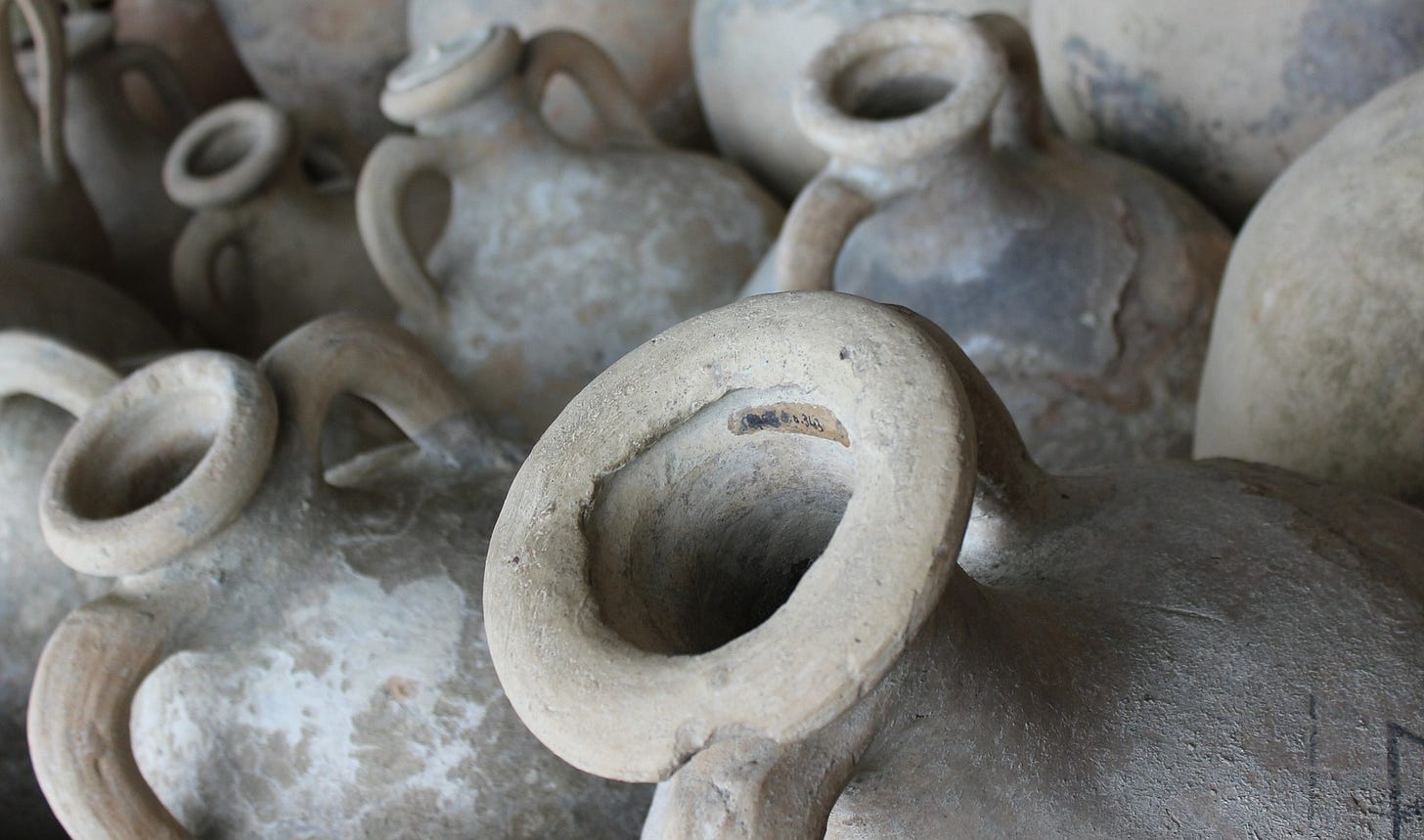
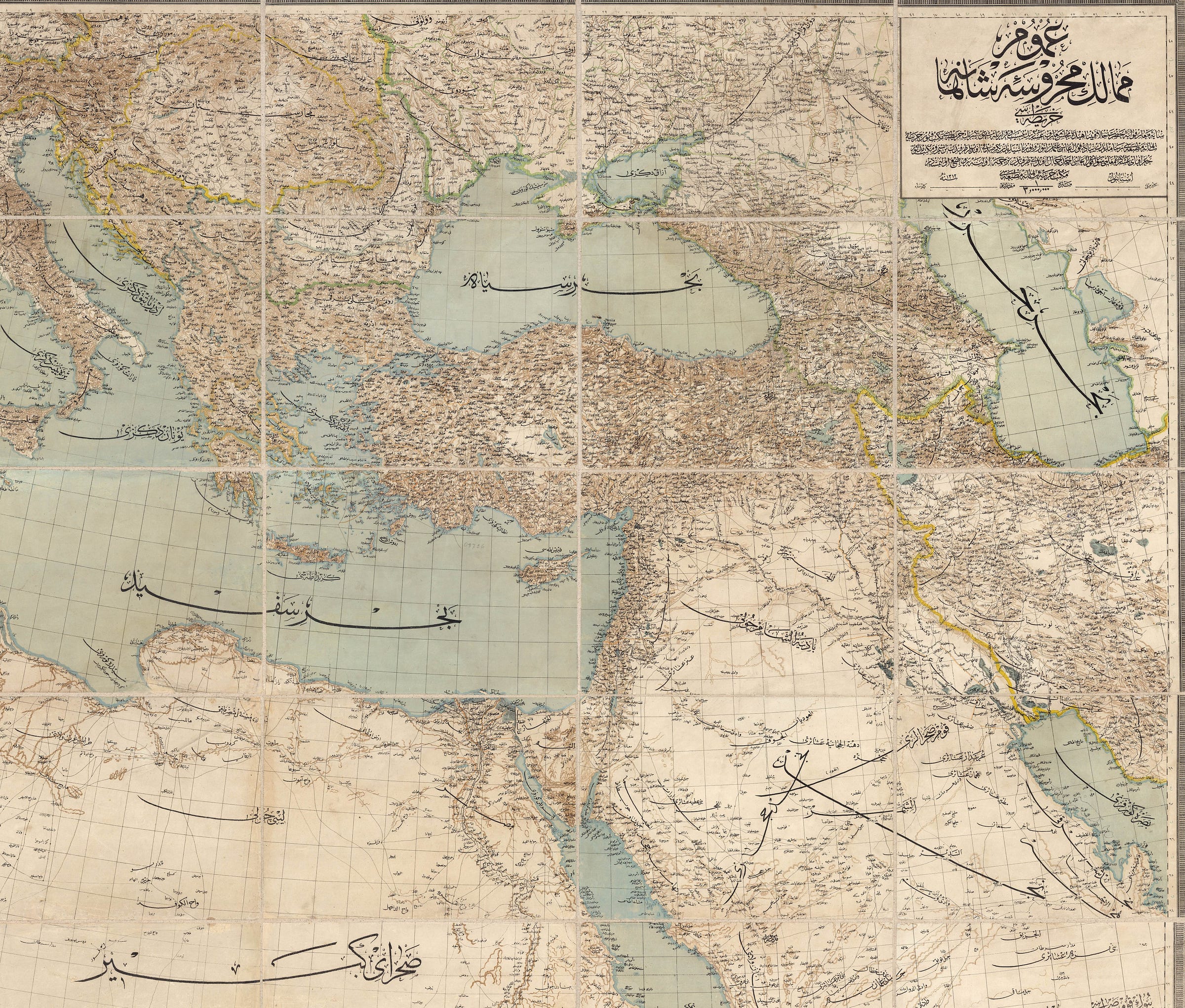
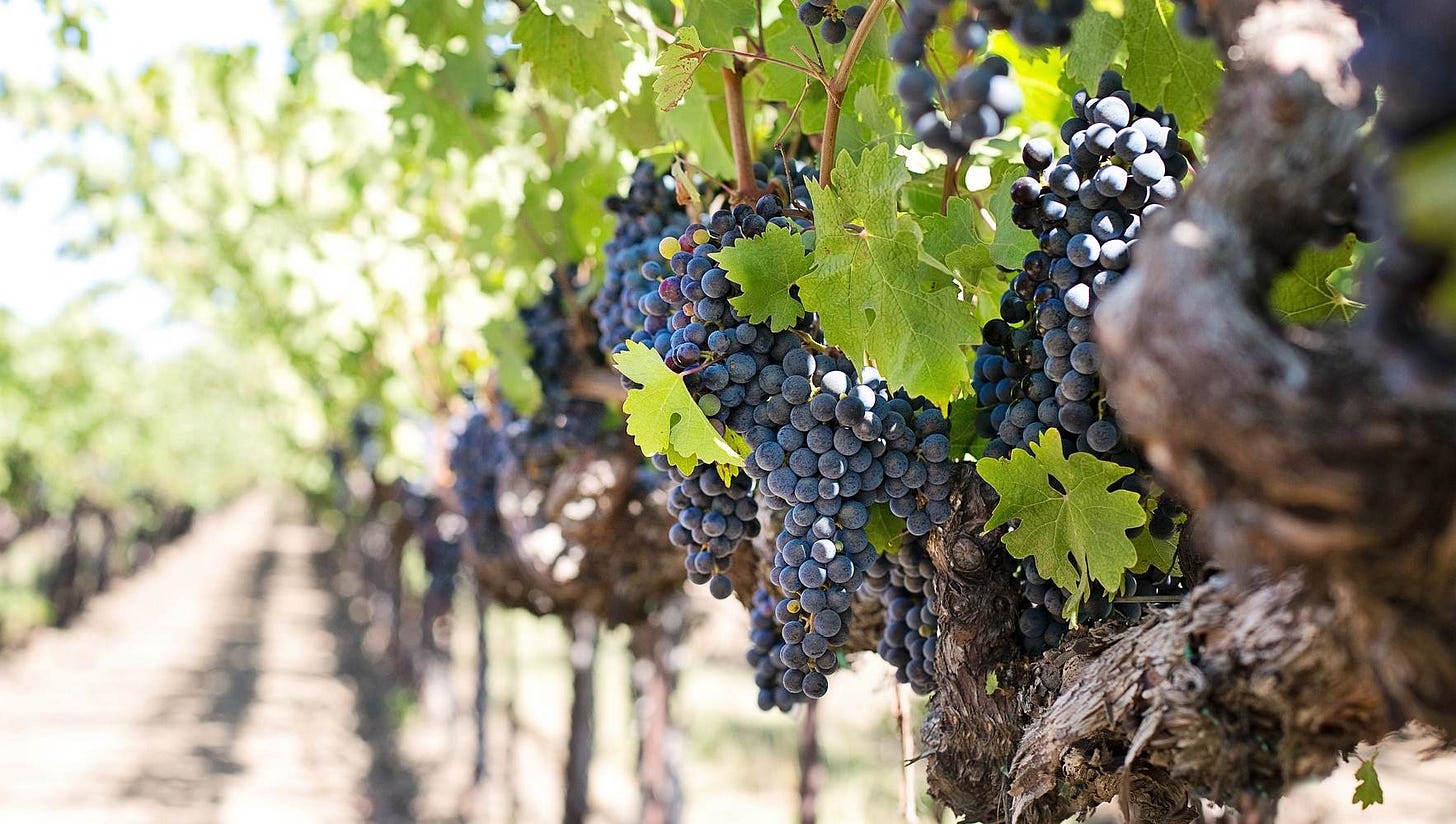

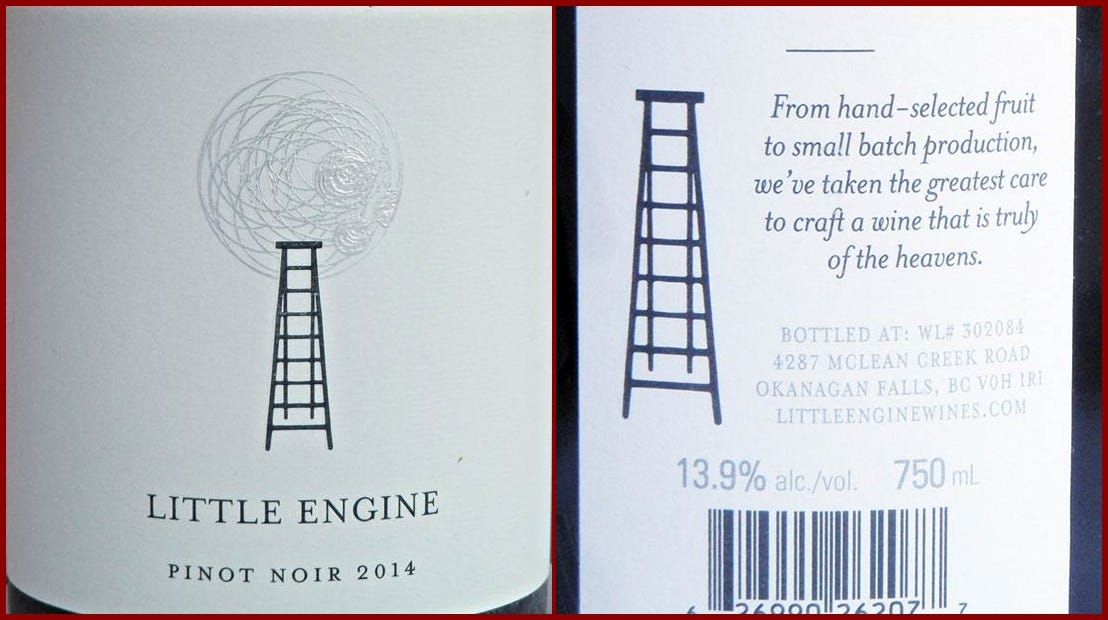
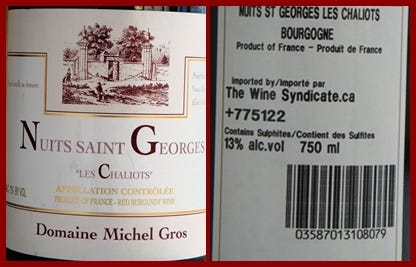


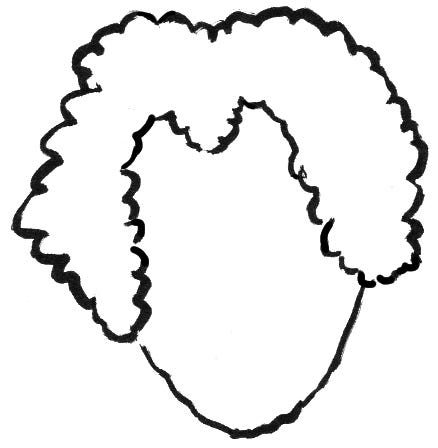
Delighted to get your valuable insights about wine. Nickolas